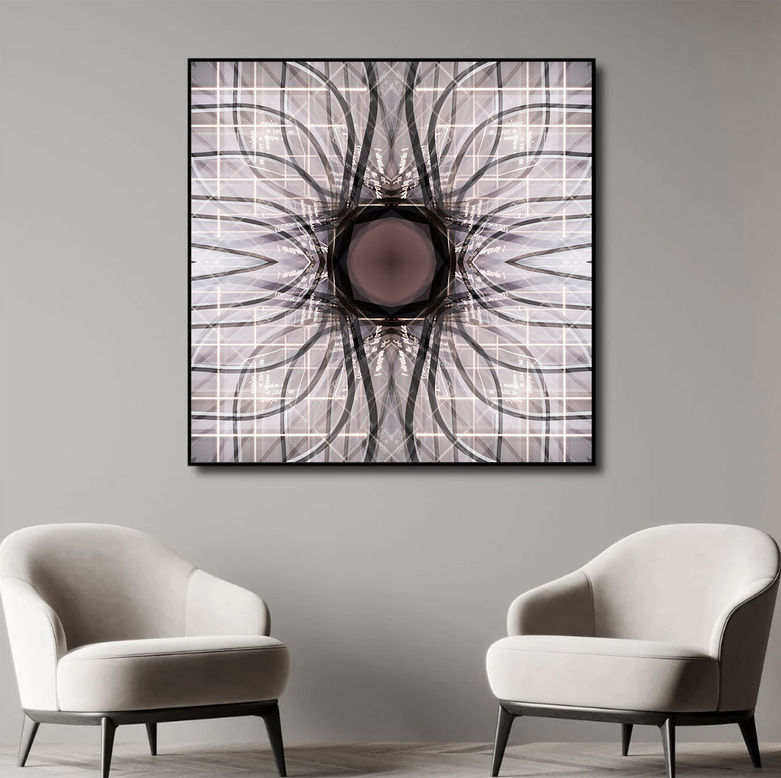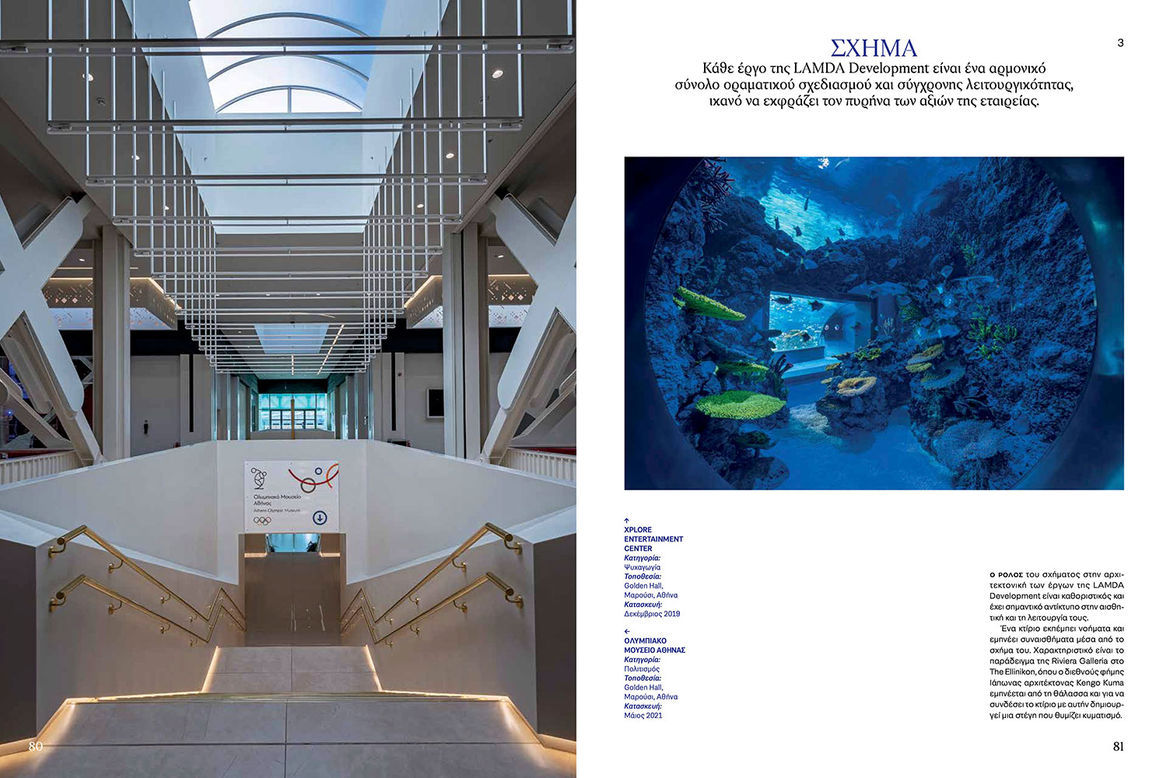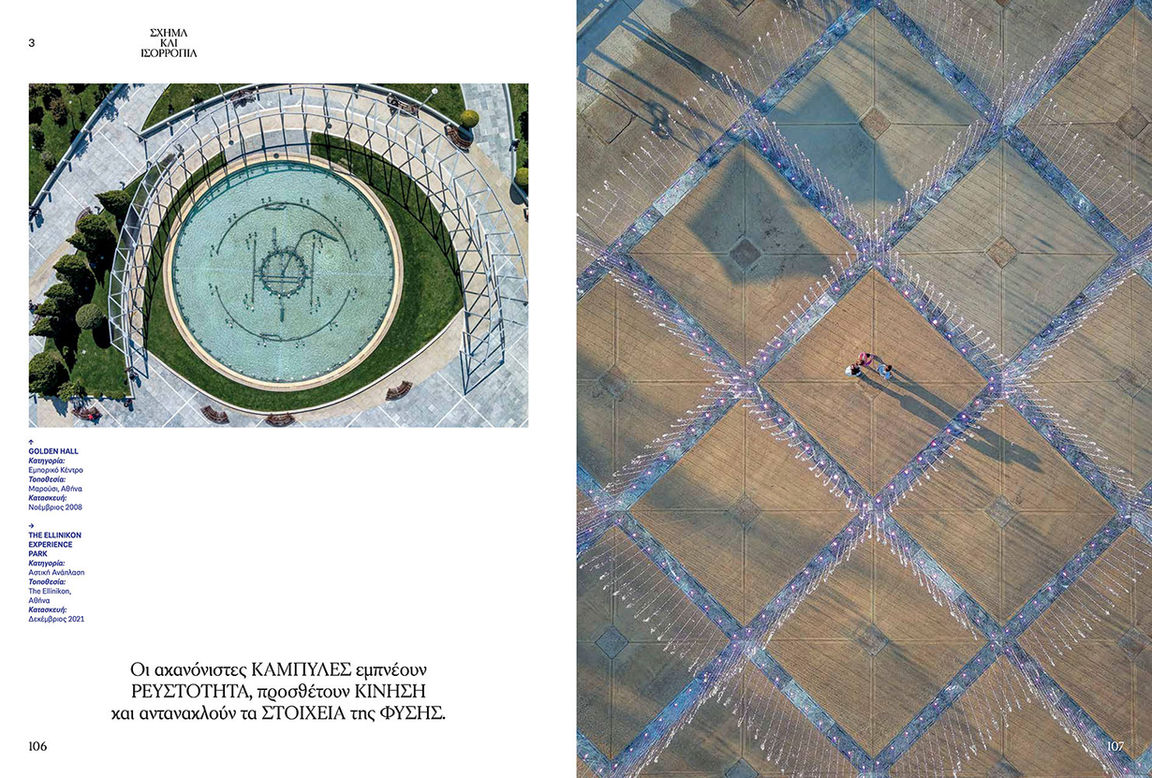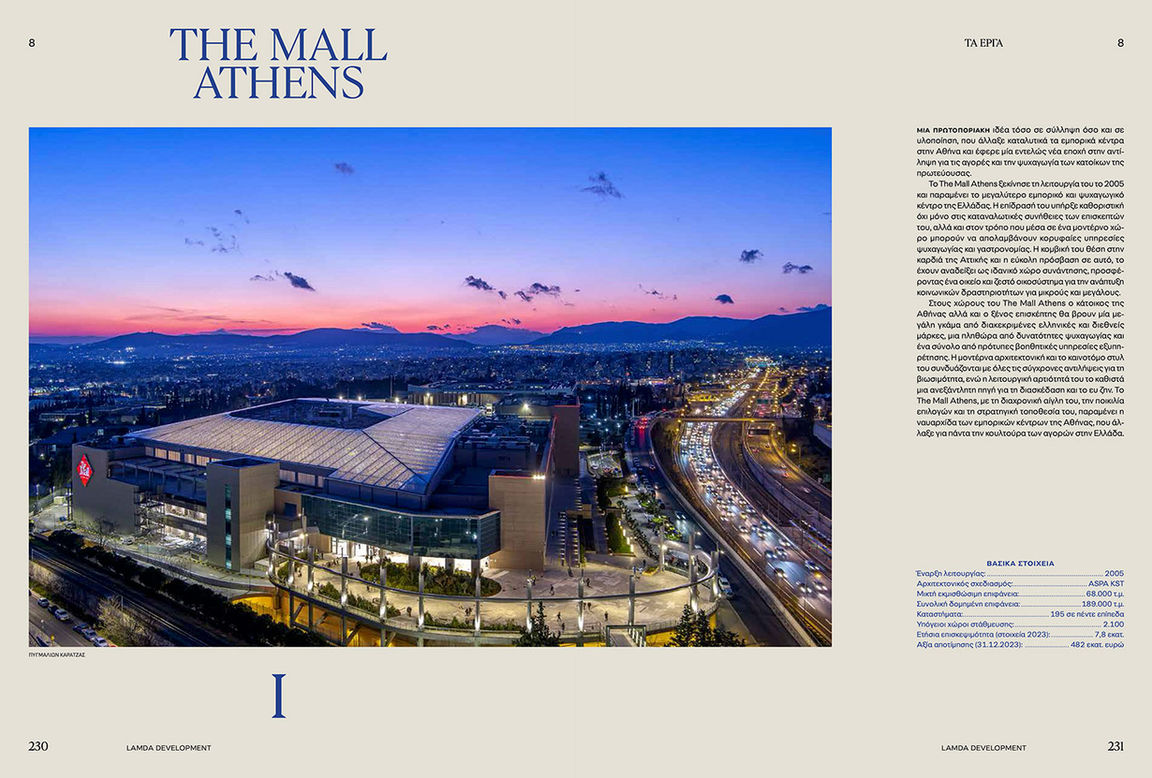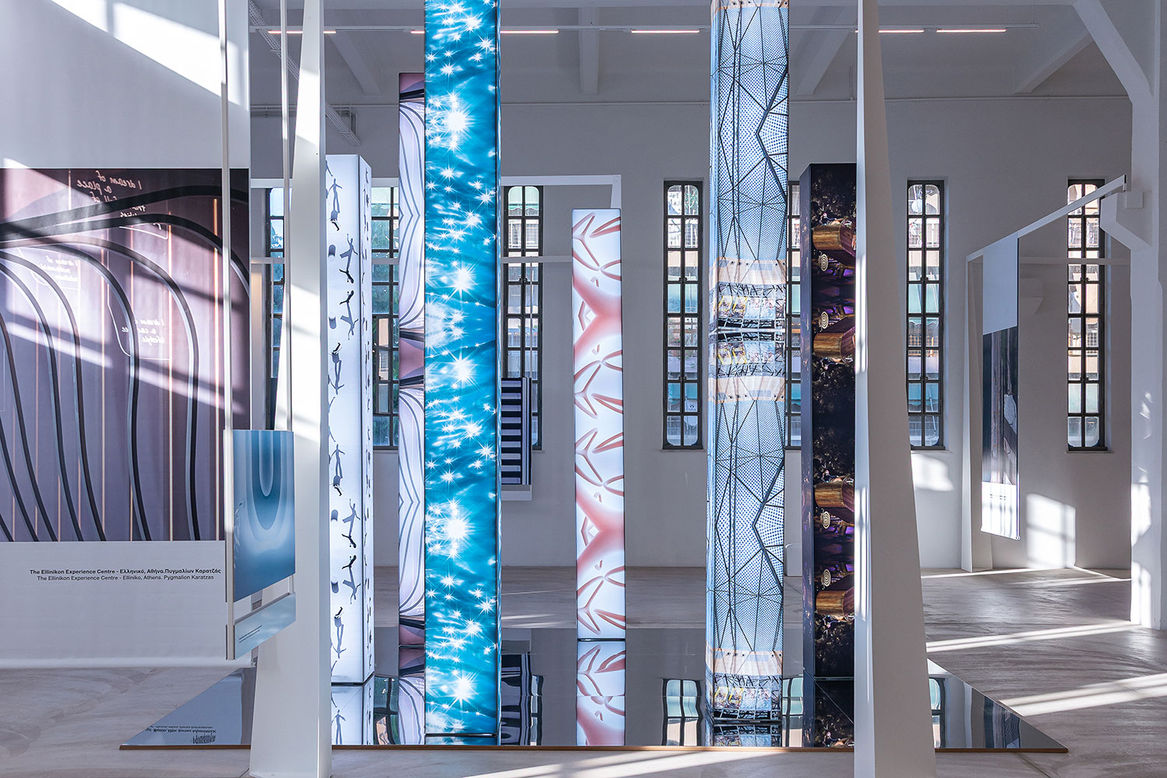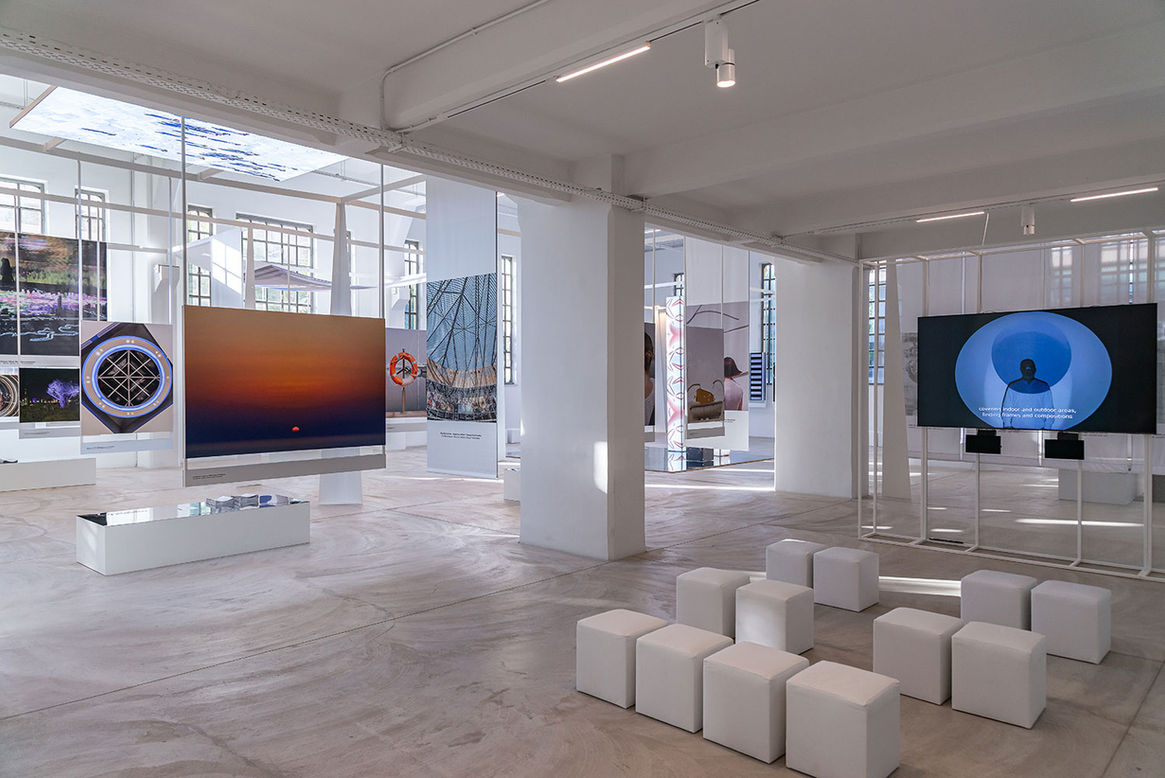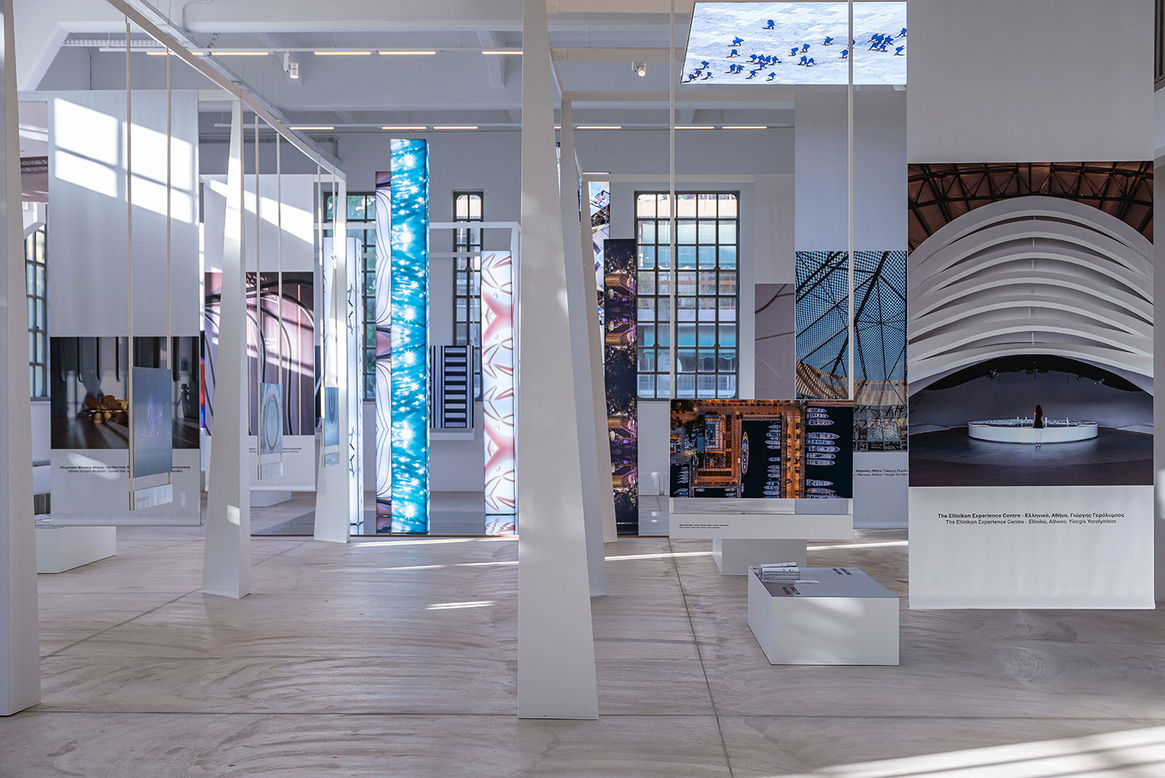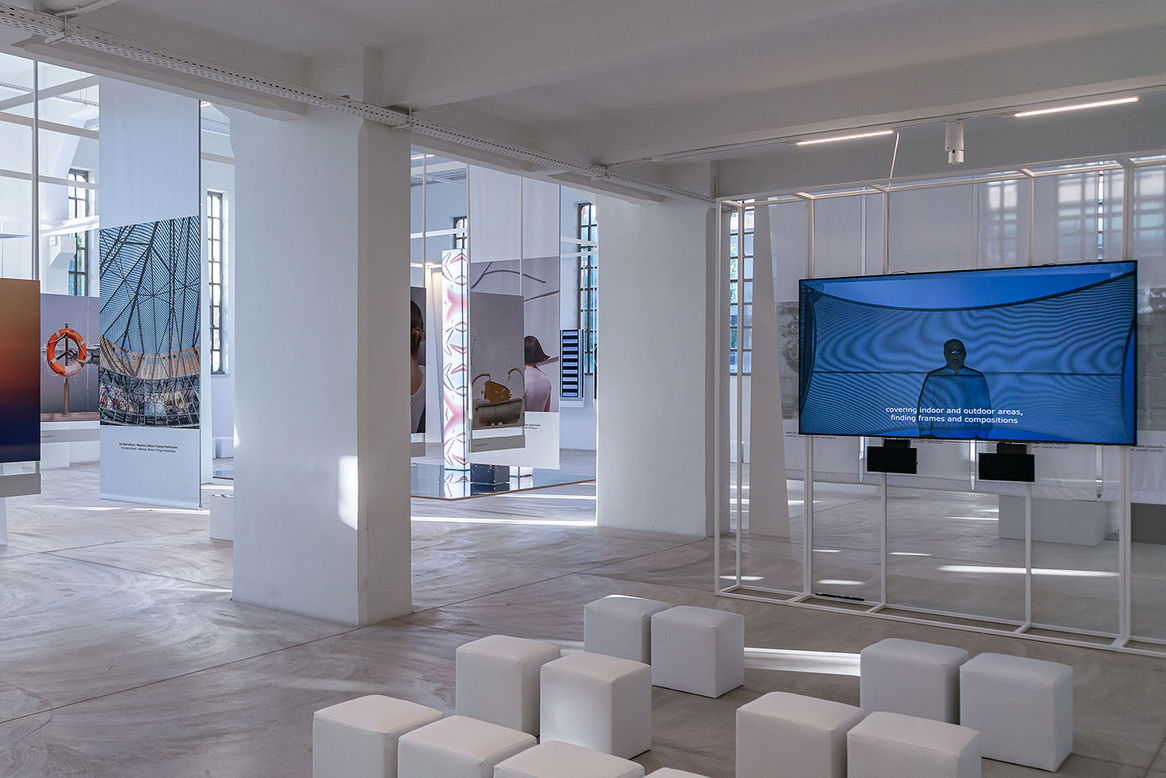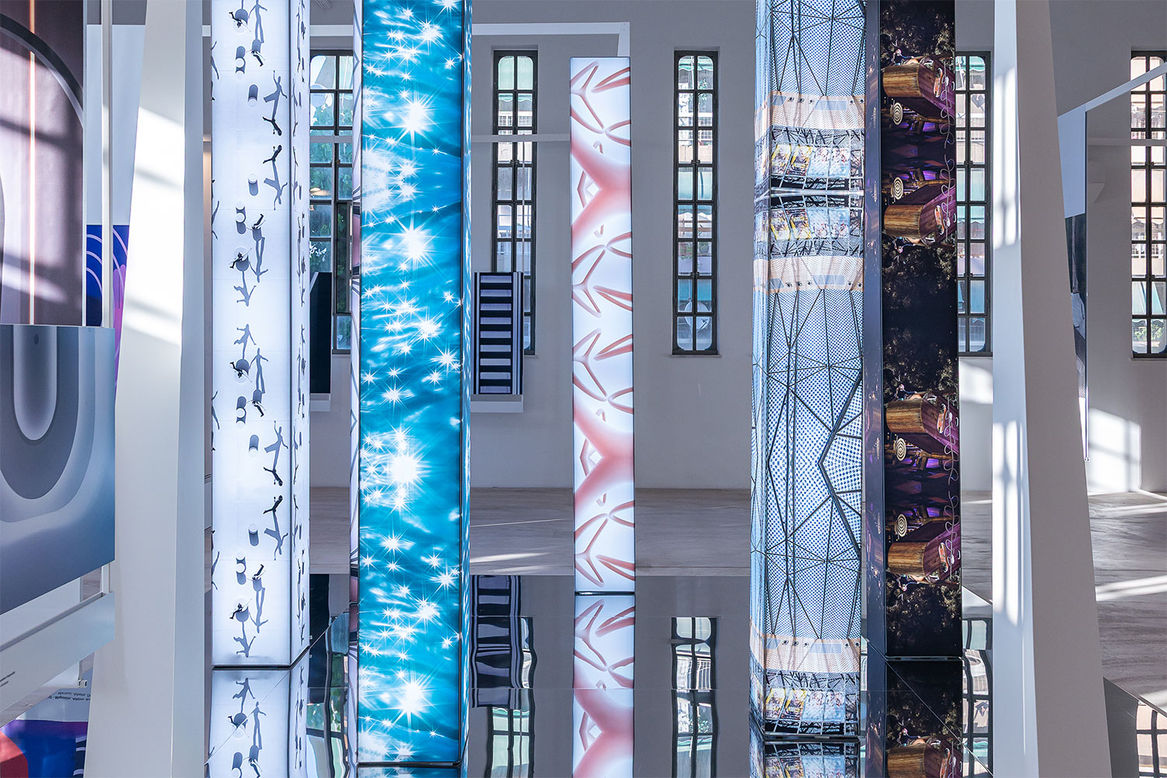Pygmalion Karatzas
Architectural, Fine Art & Commercial Photography
'LAMDA' collections
Click on thumbnail to view each collection's full gallery.
Archive: 18 collections, 256 images, updated June 2024.

'LAMDA' collections
Image Copyright: Rights-Managed © Pygmalion Karatzas.
Edition Type: Limited edition print.
Fine Art Prints: Images are available in gallery-quality fine art prints on various sizes, media and framing options.
Image Licensing: High-resolution images are available for editorial and limited commercial use.
Inquire here for further information on usage licensing and prints.
Collections of series from the project ‘The LAMDA UNIVERSE’ photo book.
The assignment was to capture the real estate assets of the company through the lens of the theme ‘Form & Balance’.
The properties included: Mediterranean Cosmos, Ellinikon Experience Center & Park, Flisvos Marina, Athens Mall, Golden Hall, Designer Outlet, Ellinikon Care Center for People with Disabilities, Athens Olympic Museum, XPLOR Entertainment Center.




























